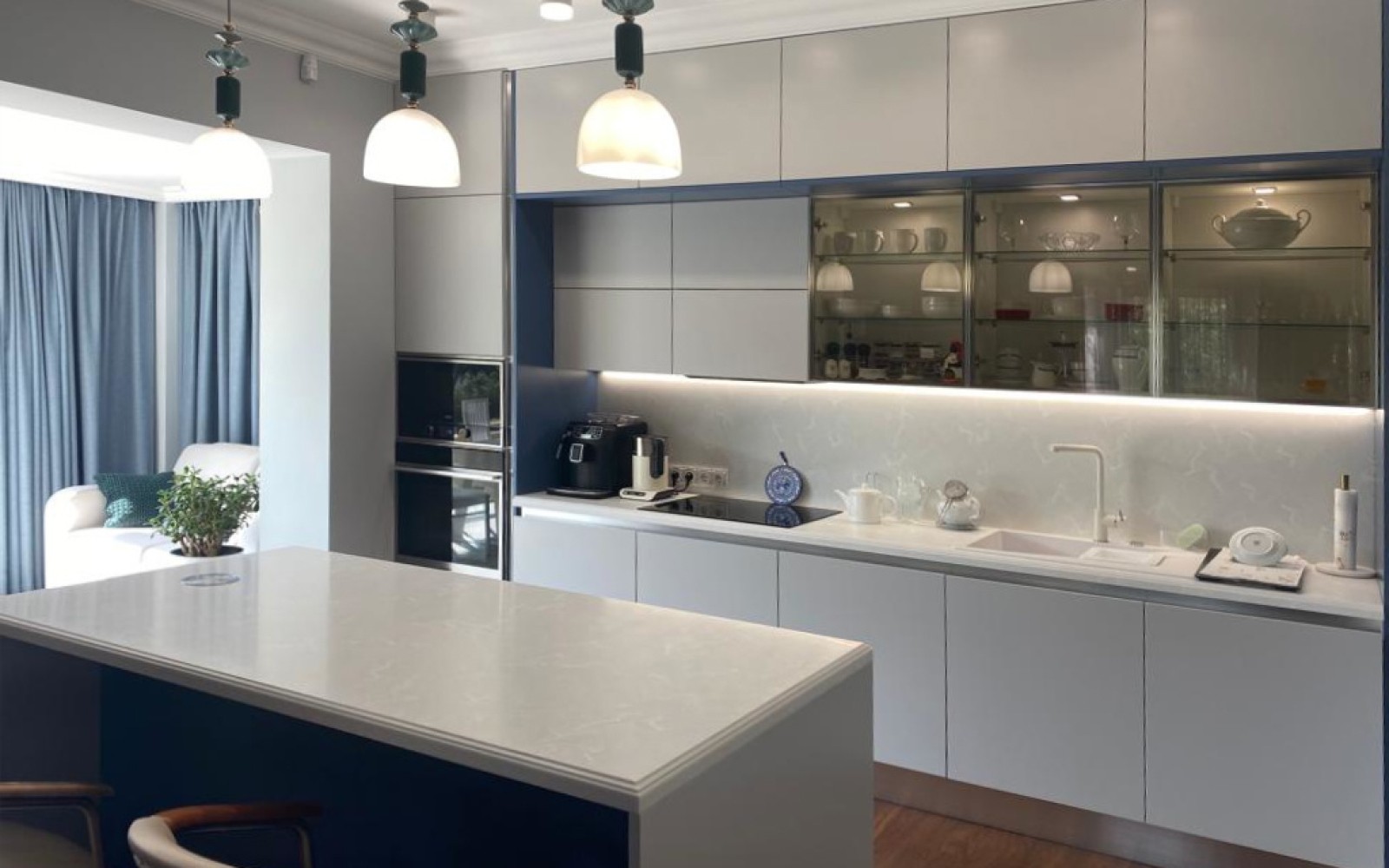
Elegant Culinary Design Essentials
The Art of Plating
The term "plating" refers to the presentation of food on the plate. The way food is arranged on the plate can transform a simple meal into an elegant dining experience. To master the art of plating, one must consider balance, color, and texture. It's important to visualize the plate as a canvas and the food as the medium. Aim for a composition that complements the dish’s flavors and intrigues the diner's senses.
Choosing the Right Tableware
The right tableware serves as the foundation for elegant culinary design. Plates, bowls, utensils, and glassware should not only be functional but also enhance the aesthetic appeal of the meal. Opt for designs that align with the dining experience you want to create, whether it's classic elegance or modern chic. Consider the shape, color, and material of your tableware and how these elements will interact with the food being served.
Color and Contrast
Color plays a vital role in culinary presentation. Using contrasting colors can make a dish visually more appealing and stimulate appetite. However, it's crucial that the use of color complements the food's natural beauty rather than overshadowing it. Introduce colorful elements through garnishes, sauces, or even naturally vibrant ingredients to make the plate pop without compromising taste.
Minimalism in Presentation
Less is often more when it comes to elegant culinary design. A minimalist approach can highlight the quality of the ingredients and the precision of the technique used to prepare them. Strive to eliminate unnecessary elements from the plate, focusing on what truly enhances the dish. This not only ensures a cleaner presentation but also allows each component of the dish to shine.
Texture and Layering
Texture adds an important dimension to how a dish is perceived. Combining various textures creates an engaging and dynamic eating experience. Layering can also play a significant role in presentation, offering visual depth and a sense of luxury. Carefully stack or arrange elements to build height and intrigue, being mindful to maintain an accessible and eatable layout.
Garnishes and Final Touches
Elegant garnishes can be the final touch that takes a culinary design from good to great. Delicately placed herbs, edible flowers, or a drizzle of sauce can add sophistication and purpose. However, every garnish should serve a culinary purpose, either adding to the flavor profile or providing a needed textural contrast. Choose garnishes that complement the dish in both taste and appearance.
Consistent Theme
A successful elegant culinary design maintains a consistent theme throughout the dining experience. From table settings and plate selection to the garnishes used, every element should tell a coherent story that aligns with the cuisine and atmosphere of the meal. Whether the theme is tied to a certain culture, season, or ingredient, consistency in design will turn a collection of dishes into a harmonious culinary journey.
Attention to Detail
Paying close attention to the smallest details can make a significant difference in the overall presentation. This could mean perfectly aligning the silverware, ensuring that every plate is immaculate before serving, or applying finishing touches to dishes at the right moment. An eye for detail will impress diners and create an unforgettable culinary aesthetic.
``` This would create a formatted article with headings and paragraphs, assuming the text is placed within the proper HTML structure (with opening and closing html, head, and body tags).